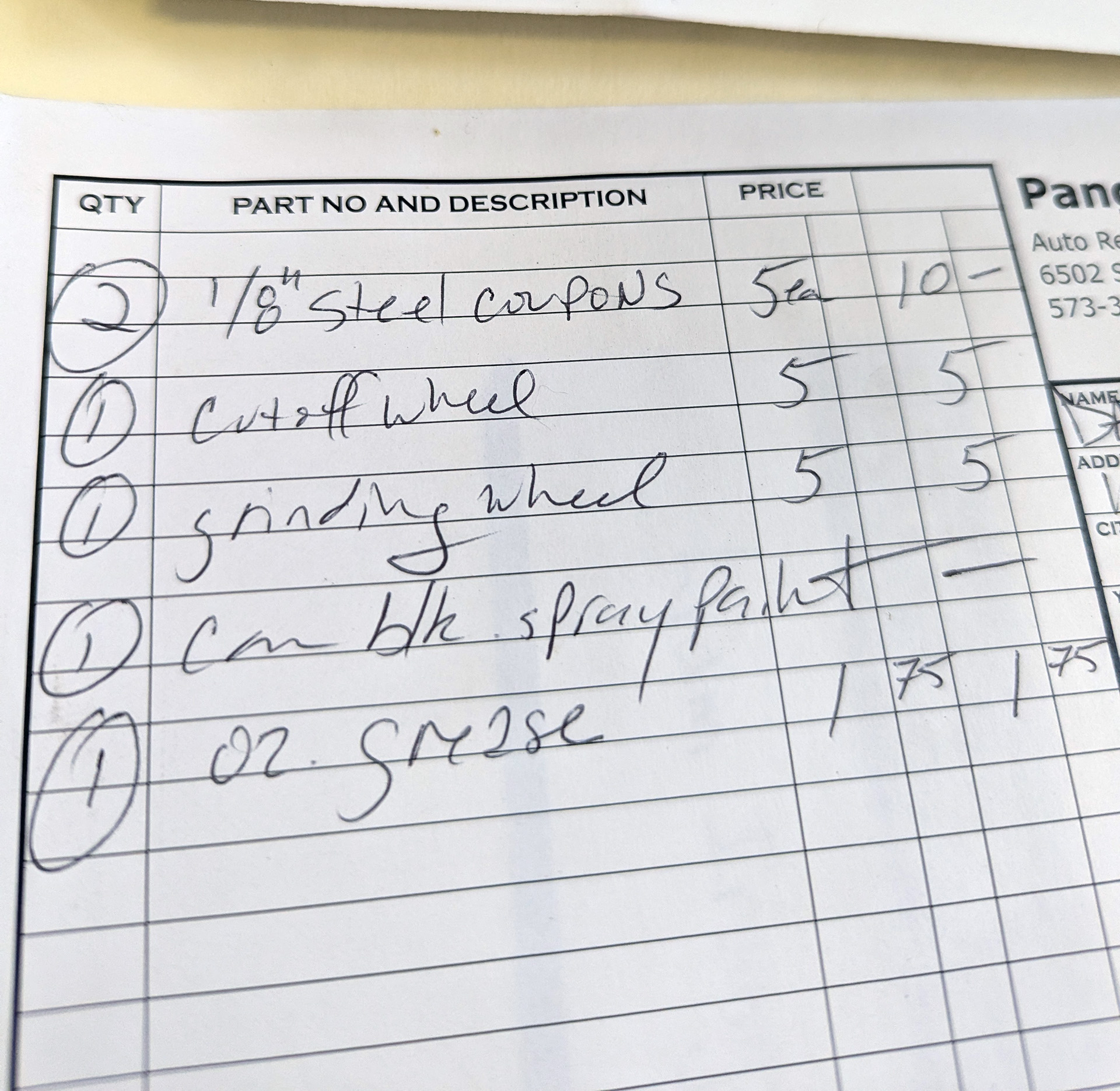Using your shop’s Cost of Doing Business (CODB) as a baseline for labor rates.

When I first began writing service at an indie auto repair shop, one line item on the bill was “shop supplies.” We tacked on some percentage of the bill, capping at $19.88. Shows you how long ago that was!
Customers would ask about it, and many were angry about the charge. I think I know why, and I’ve since altered the way we invoice shop supplies at my own shop and it seems to work well. Maybe it might work for you, too. To me, there are two issues at hand.
This was the main reason for some of my customers’ protestations over this charge. We tacked the twenty bones onto the final bill, NOT on the estimate. That’s no bueno; the customer had no reasonable way to account for that extra money. Yeah, it’s just twenty bones, but in the customer’s shoes, it’s tantamount to negotiating after the handshake.
I think it’s fine to overestimate a bit and pull money off the final invoice total if you didn’t go through the amount of consumables you thought you might. Save a customer a buck and you’re a hero. Spend a penny more on a repair than you said you would, though, and you’re a shyster. Perception is reality.

Oh, I know. The costs associated with consumables you must use to run you shop the shop are very, very real. But a customer doesn’t think about it that way. I’m pretty sure it feels to a customer a lot like the VIN-etching-fee-on-a-vehicle-that-comes-with-etched-VINs or “market adjustment” you’ll see elsewhere in the automotive industry. In short, it feels like a cash grab.
I used to explain to inquiring customers that there were things I used that cost real money: nitrile gloves, brake cleaner, rags, and rust penetrant that didn’t easily lend themselves to itemization. That sort of helped.
Now? I just itemize all of it. It doesn’t take that long, and customers don’t seem to take me to task so much on the electronic parts cleaner or gasket maker I had to use to repair their cars.
The articles and other content contained on this site may contain links to third party websites. By clicking them, you consent to Dorman’s Website Use Agreement.
Participation in this forum is subject to Dorman’s Website Terms & Conditions. Please read our Comment Policy before commenting.